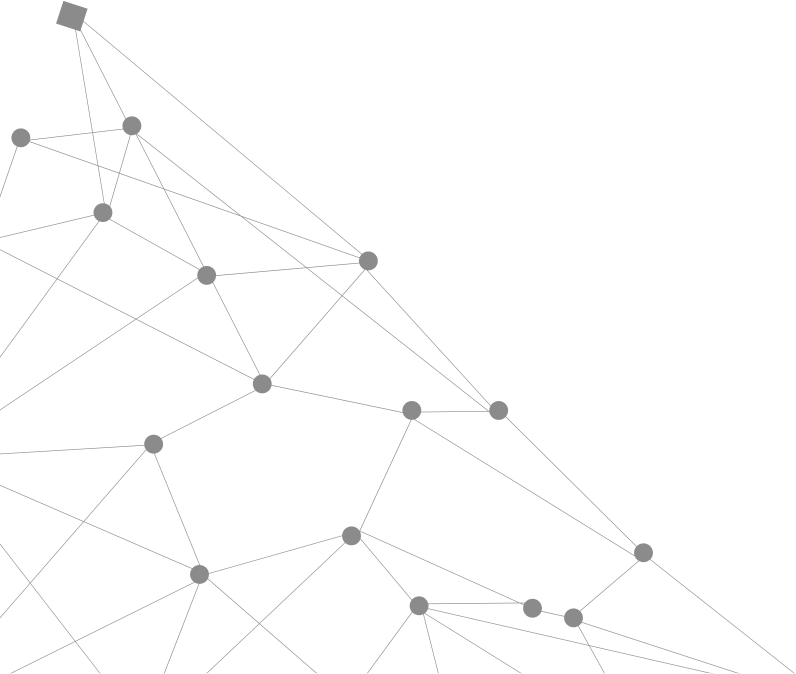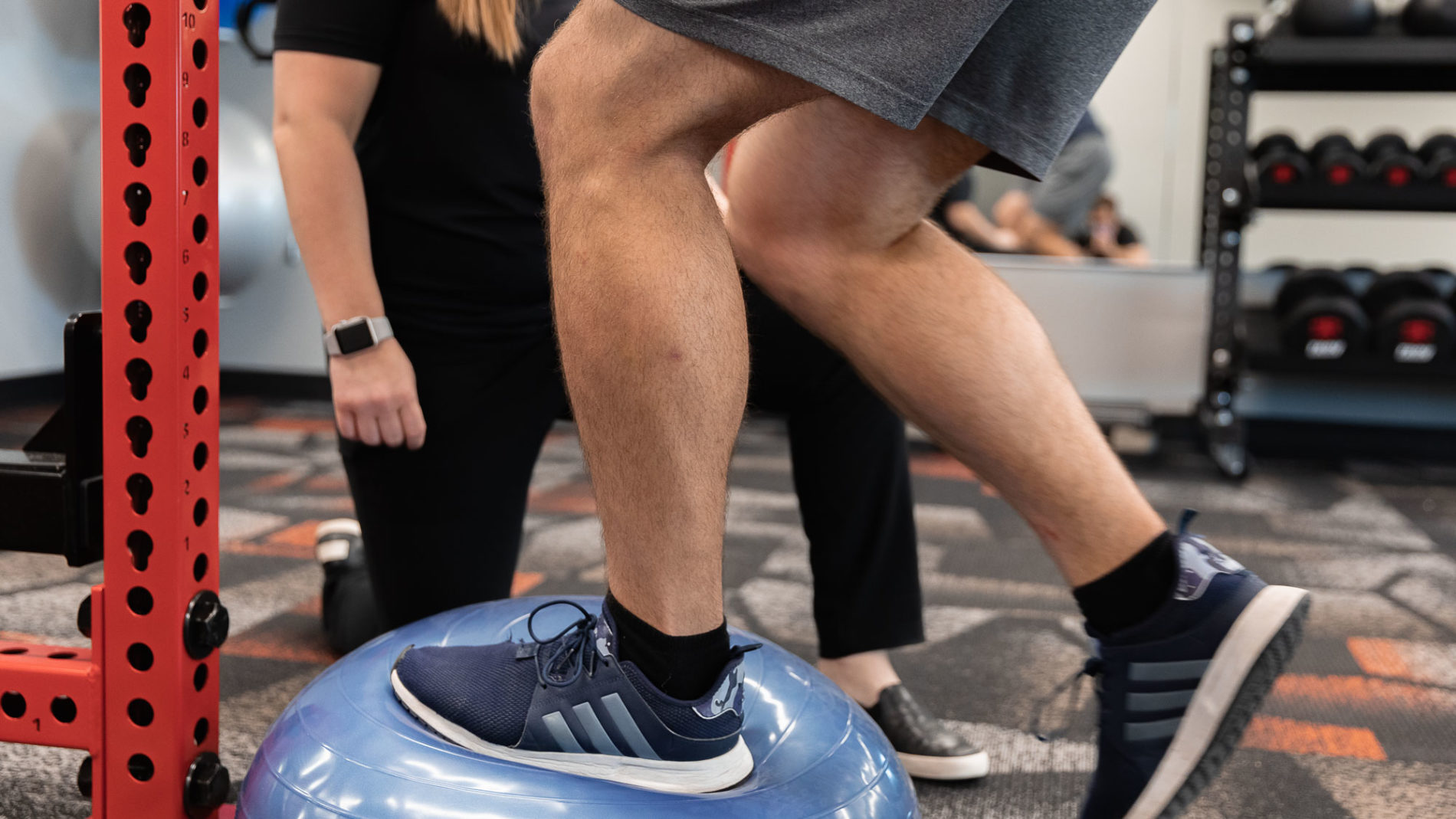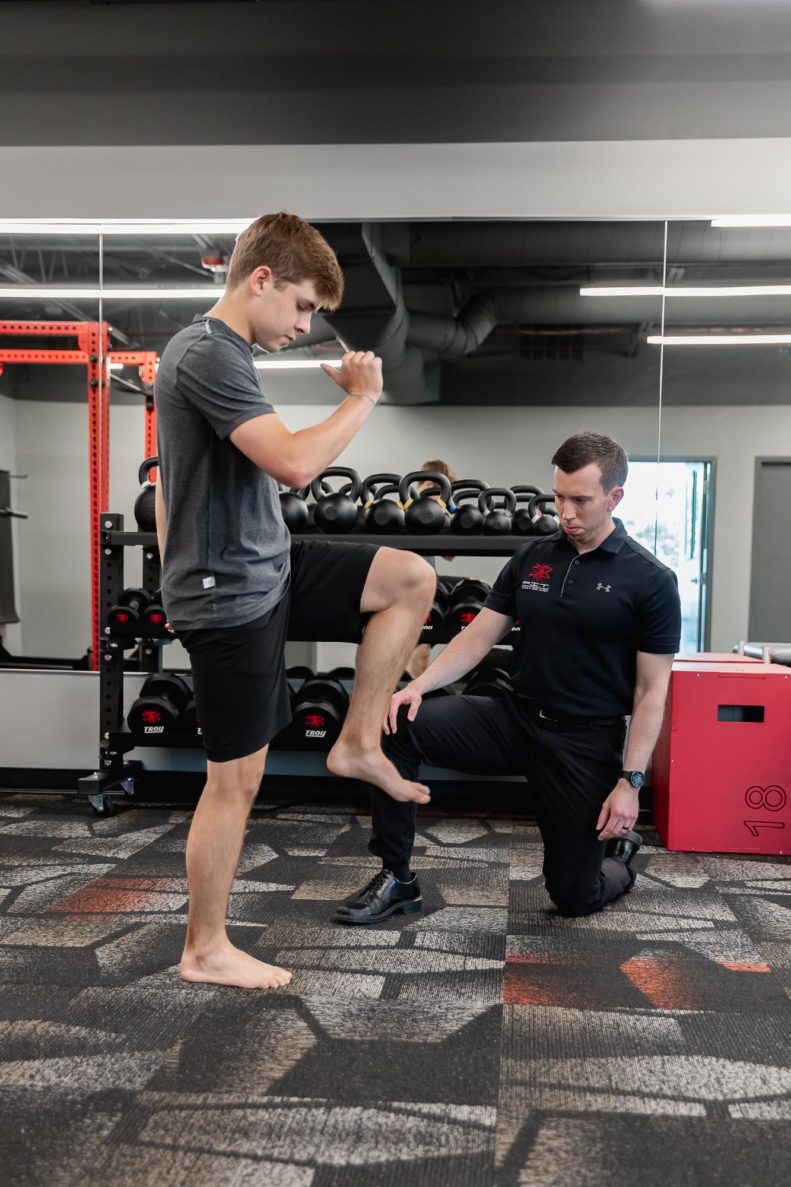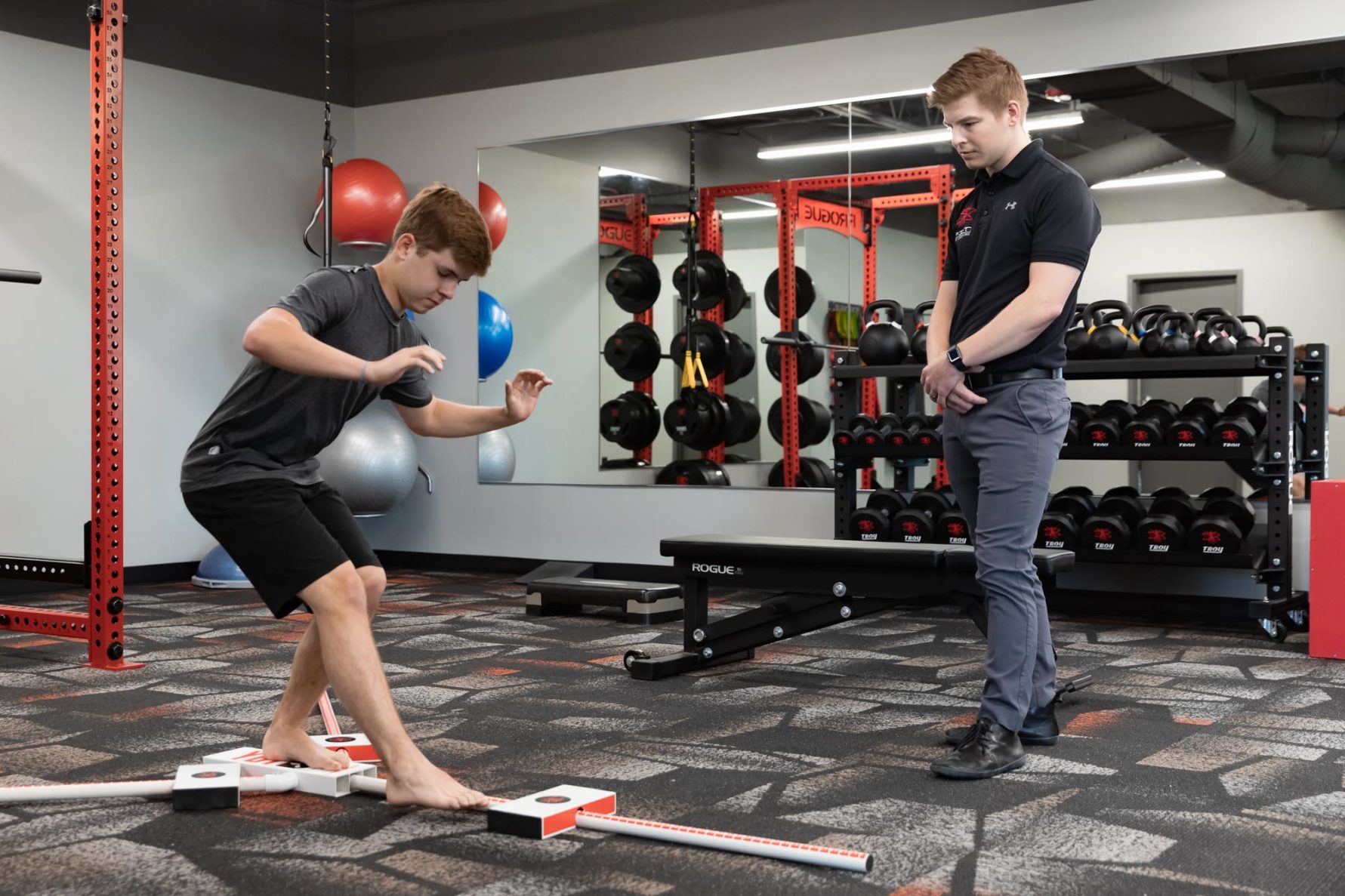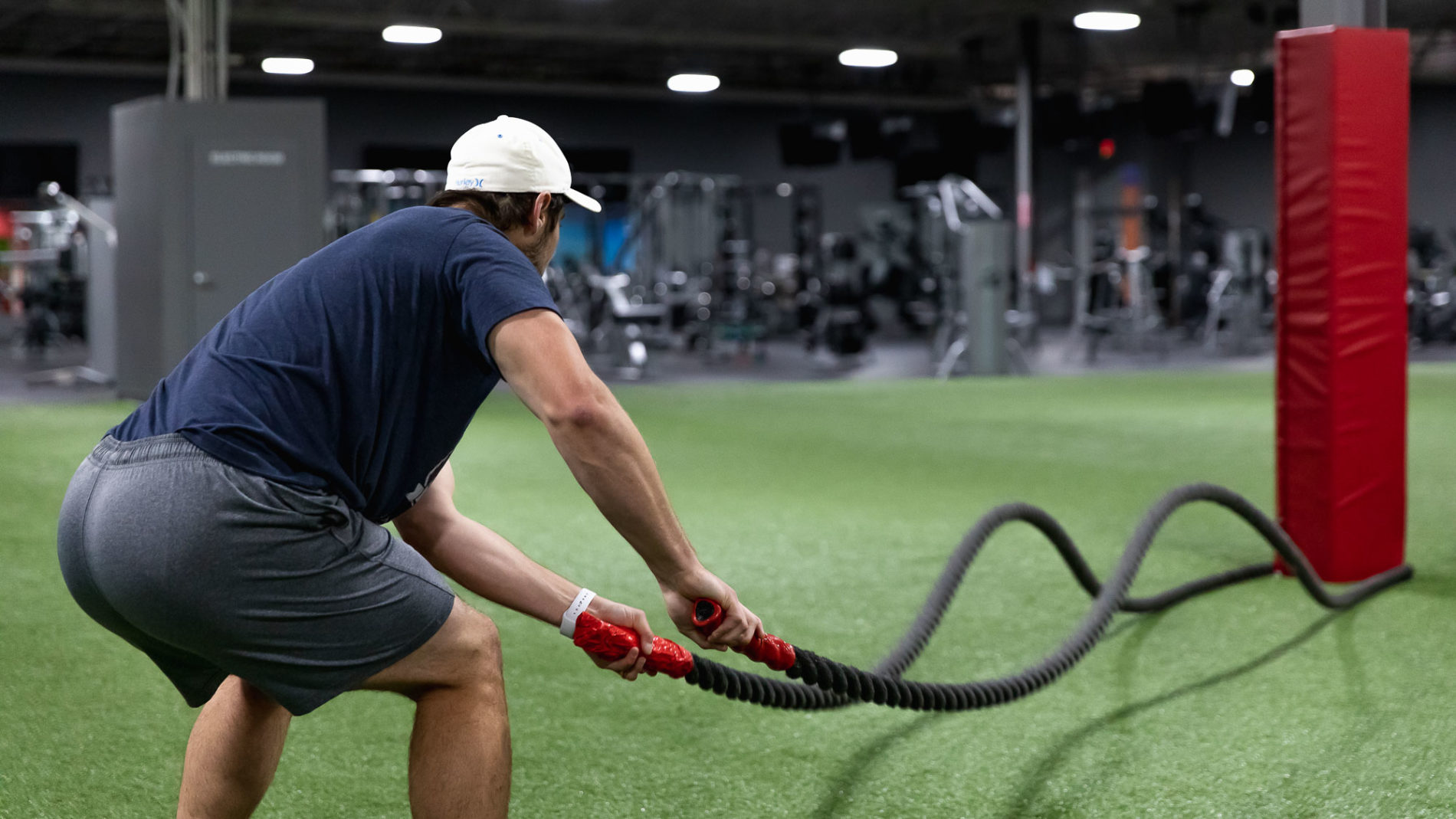
Sports performance training for youth athletes is becoming increasingly popular to improve athletic ability. When programmed correctly and all other factors are taken into account, such as school workouts, volume of games/practices, sleep, and nutrition, sports performance training can be an excellent way to get ahead.
How do physical therapy and sports performance intersect?
- Within the physical therapy and rehab setting, our paths often intersect with sports performance and other types of training. The goals and principles are the same, it’s just the starting point along the continuum which determines whether it is considered “rehab” or “performance”. In a nutshell, rehab and training are the following:
- Impose a stress to the body
Allow your body to adapt to the imposed stresses
Progressively impose more stress
Observe adaptations, in this case, improvements with strength, power, speed, and resiliency.
In the physical therapy and rehab setting, there are obstacles that we have to navigate to get a person ready for the above sports performance and training process. A lot of sport injuries are due to overloading the body in which too much stress is placed on muscles, bones, tendons, and/or ligaments beyond what they are capable of tolerating. The goal of rehab and physical therapy is to increase the capacity of your body to tolerate the demands of your particular sport. Let’s take a volleyball player with shoulder pain for example. We have to find out the “why” behind the cause of her pain. Is there limited/excessive mobility, adequate strength, adequate motor control, too much practice/game volume, etc? When someone has pain, there are subconscious protective mechanisms your brain initiates to protect yourself, often in the form of muscle guarding, tightness, the sensation of pain, and muscle inhibition which decreases strength. We at F.I.T. work with different techniques to decrease the threat level to your brain and get you moving better. Once this is done, then the process starts with imposing stress to the body often in the form of motor control and strengthening exercises, again, with the goal of increasing your body’s capacity to tolerate the stresses volleyball places on a shoulder.
Through the course of rehab the person gets back to their baseline, in which they can do daily functions but they can’t play their sport yet (volleyball in the case of our example). The process continues, we continue to impose new stresses to the body. Now we are working on strength and power development to improve serving and spiking capacity, speed, explosiveness, and jumping ability. We are also monitoring for any increase in pain, which is your body’s way of letting us know that it is not ready for those stresses yet. The process is the same between the two phases (rehab & sports performance). The difference is physical therapy has to calm the system down, allow for adequate healing, and monitor closely the stresses that are applied to deem what is safe and tolerable. As physical therapists, we are trained to be movement specialists which is why we are effective and helping someone get back to the same activities that caused the injury in the first place. We break the movement down, find out the cause of dysfunction, and treat the dysfunction so it doesn’t cause any more movement deficiencies
Why is sports performance necessary With physical therapy?
With sports performance and physical therapy, we typically see this in two capacities: injured athletes who need to return to sport and as a part of the injury prevention and performance program.
With every injury or surgery there needs to be an initial healing phase where the pain and injured site can be calmed down before the process of progressive loading occurs. For example, after an ACL reconstruction, the early phases of therapy control swelling, improve mobility, regain baseline strength, and allow for healing times and biology to occur. Once past this initial phase, we start with lower level strengthening exercises to get the process started. By the end of the program the once injured athlete is participating in a structured strength, conditioning, and performance program to prepare them for return to sport. Without the sports performance training within their physical therapy program, the athlete would be unable to return to their sport safely. The sports performance aspect is a crucial part of an athlete’s rehab. It is important to find a sports performance physical therapist that not only is trained in the proper techniques to get you back to sport, but that also has the space and equipment necessary to equip you with the skills and strength to confidently return.
Ultimately physical therapy, rehab, and sports performance principles are all the same. It is about knowing WHEN to apply a certain stress and what TYPE of stress. Although both are very important, training to increase strength is not the same as training to increase power. Someone in acute knee pain would not appreciate squatting a heavy load that same day, therefore appropriate activities and training must be considered. As our trained physical therapists and chiropractors go through the phases and the continuum of rehab and performance training we are working at getting you back to the same level of squatting that you did before, and with extra knowledge and guidance on how that injury occurred in the first place, we are able to more effectively and efficiently help you in getting there. We are lucky that our bodies are incredibly adaptable, but it is important to allow time for it to adapt, not over do it, and supplement your body with good nutrition, water intake, and sleeping habits with your training.
